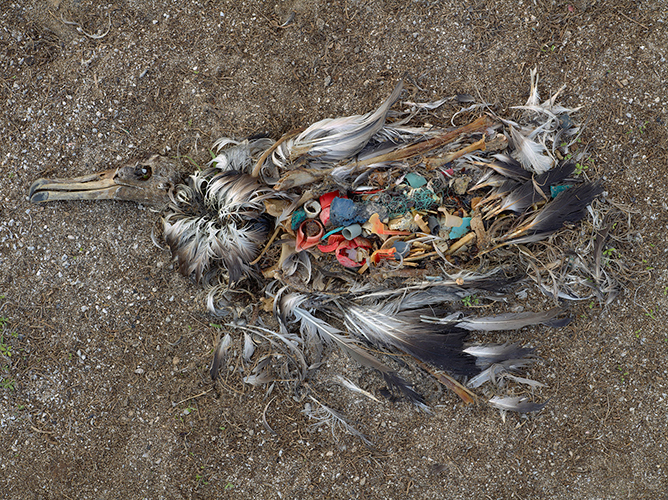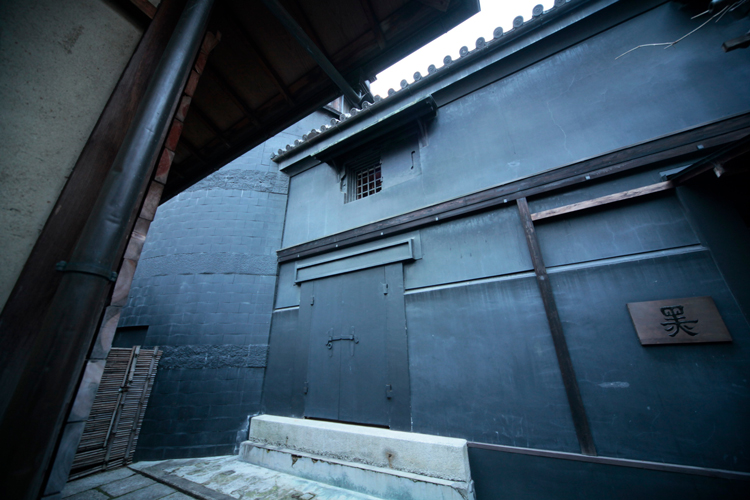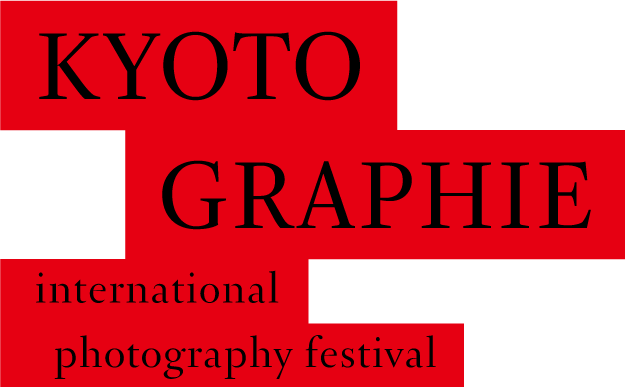5
Chris Jordan+Jurgen Lehl
Midway: Message from the Gyre
Kondaya Genbei Kurogura
“Midway” − between the sacred and the profane
While one man photographs the plastic-filled carcasses of baby seabirds, another creates beautiful lamps from plastic he finds on the beaches of a remote Japanese island
Located in the middle of the Pacific Ocean, the Midway Atoll is 3,200 km from the nearest continent. Yet each year it is engulfed by 20 tons of trash, much of it plastic. PET-bottle caps sprout from the corpses of albatross chicks which were mistakenly fed to them by their parents. Chris Jordan takes photographs to draw attention to this pitiful scene. It is not just the fact that plastic waste is killing these seabirds, but symbolic of the state of modern civilization itself. The exhibition, Midway, will include recent works by Jordan, as well as screenings of the pilot version of his documentary film by the same name, which was made at the same time as his photographs.
Jordan often takes on the problems of consumer society as his subject matter. His Intolerable Beauty: Portraits of American Mass Consumption (2003–2005) focused on the detritus of civilization, while Running the Numbers: An American Self-Portrait (2006) is currently gaining attention worldwide for its visualization of the shocking amount of data now coursing through American society.
Designer Jurgen Lehl (1944–2014) spent over 40 years in Japan. The exhibition will include an installation of lamps he fabricated̶with messages̶from plastic he found on the beach.
Born in Poland in 1944, he worked as a textile designer in Paris and New York before arriving in Japan in 1971. The following year he established his own brand, Jurgen Lehl. In 2006, he established another brand, Babaghuri, featuring clothing, bed linens, dishes and furniture reflecting his admiration for natural materials and the handwork of artisans.
Lehl was a pioneer in environmental awareness. In the latter half of the1990s, he began creating gardens on Okinawa’s Ishigaki Island, where he spent a third of each year at his waterfront home. Walking the beach, he began to take more interest in the plastic garbage that washed ashore than in shells and coral he found. From these bits of plastic he made lamps. Creating beauty and utility from ugliness, Lehl regarded these lamps as a rebellion against his usual creative impulses.
They will be displayed at the Kondaya Genbei Kurogura, a traditional storehouse that is usually not open to the public.

Chris Jordan, CF000478 Unaltered stomach contents of a Laysan albatross fledgling,Midway Island, 2009. © Chris Jordan
Kondaya Genbei Kurogura
Kondaya-oku, Nishigawa, Sanjo-sagaru, Muromachi-dori, Nakagyo-ku, Kyoto, 604-8165
Subway Karasuma or Tozai Line “Karasuma Oike” station 4 min on foot from exit 6
OPEN:10:00-18:00
CLOSED:Wednesday(5/4 Open)
¥600/ Student ¥400

© 2014 Naoyuki Ogino

